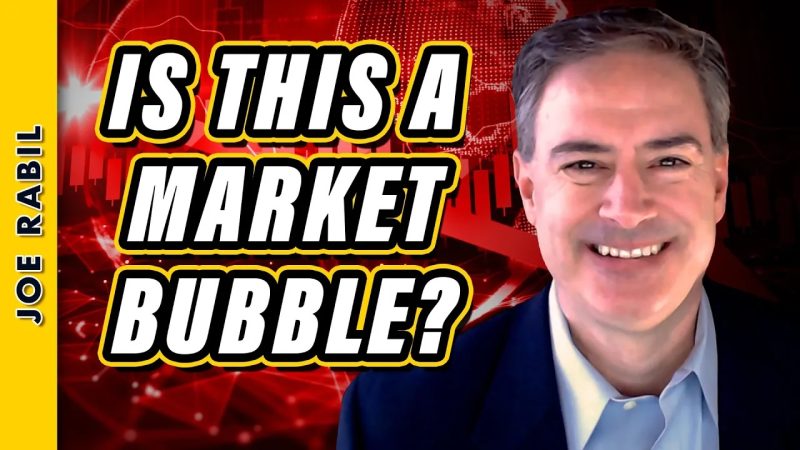In the world of finance, a heated debate is currently underway regarding whether the current market conditions are reflective of a market bubble or simply a result of investor mania. The distinction between the two is crucial, as it can have a significant impact on investment decisions and overall market stability.
A market bubble is often characterized by a rapid and unsustainable increase in asset prices, driven by exuberant market behavior and unrealistic expectations of future returns. When a bubble bursts, prices can plummet drastically, leading to significant financial losses for investors.
On the other hand, investor mania refers to a situation where market participants exhibit irrational exuberance and enthusiasm, driving prices higher based on factors such as herd mentality, fear of missing out, and speculative behavior. While manias can also result in inflated asset prices, they may not necessarily lead to a market bubble and subsequent crash.
One key factor to consider when evaluating whether the current market environment is a bubble or investor mania is the underlying valuation of assets. In a bubble scenario, asset prices are significantly disconnected from their intrinsic value, making them vulnerable to a sharp correction. Investors may be driven by the fear of missing out on potential gains, leading to a frenzy of buying that further inflates prices.
Conversely, in a situation of investor mania, asset prices may be driven higher by strong market sentiment and positive news flow, rather than by unrealistic valuations. While manias can also lead to periods of heightened volatility and price fluctuations, they may not necessarily result in a full-fledged market bubble.
Another important consideration is the role of central banks and monetary policy in influencing market dynamics. Historically, loose monetary policy and low interest rates have been associated with the formation of bubbles, as investors seek higher returns in riskier assets due to limited investment alternatives. In contrast, investor mania can be fueled by a combination of factors such as social media buzz, celebrity endorsements, and speculative trading.
It is essential for investors to exercise caution and remain vigilant in a market environment that exhibits signs of a bubble or investor mania. Conducting thorough research, diversifying portfolios, and maintaining a long-term investment outlook can help mitigate the risks associated with market exuberance.
In conclusion, while the current market conditions may bear some resemblance to past bubbles and instances of investor mania, it is crucial to assess the underlying factors driving asset prices and investor behavior. By staying informed and adopting a prudent investment strategy, investors can navigate through volatile market conditions and position themselves for long-term success.

